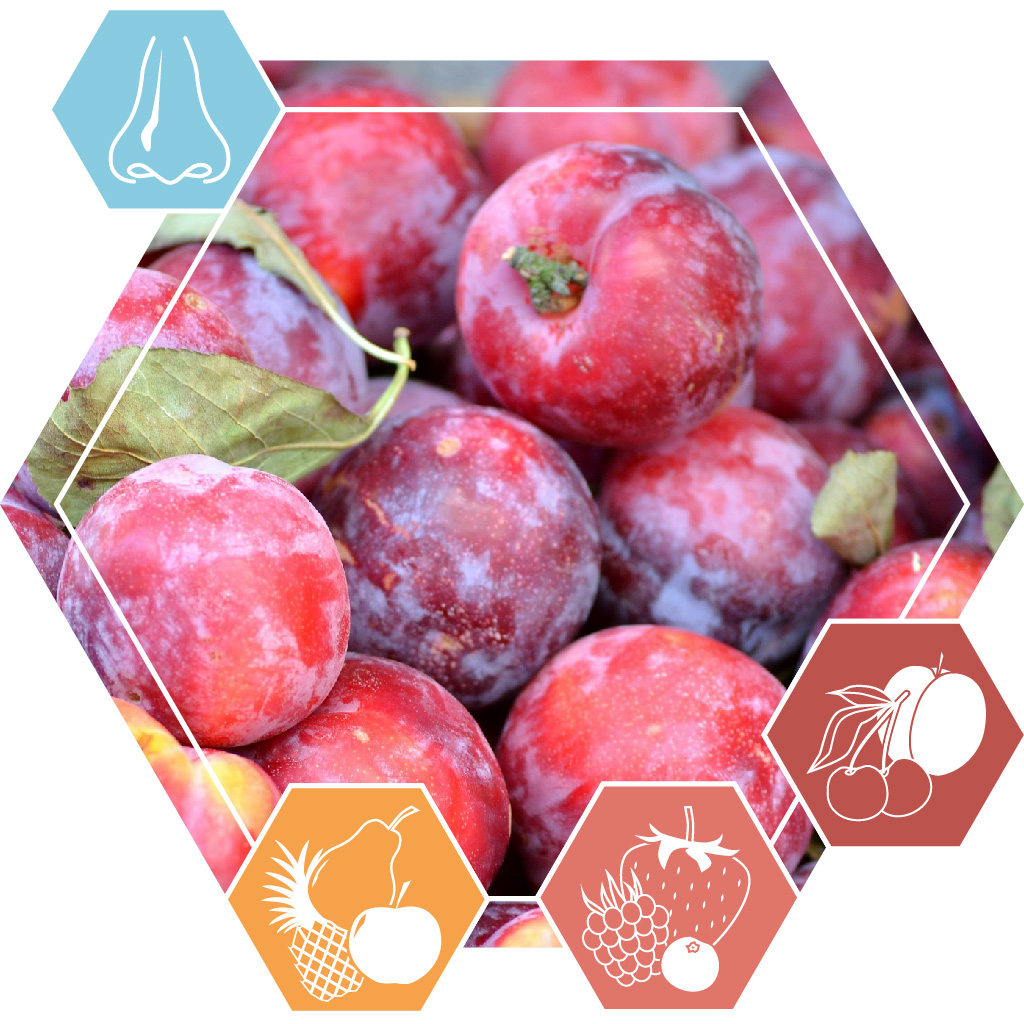Fragrance raw material
Description
This text has been automatically translated and may contain errors.
Damascon beta is a fragrance for use in, for example, perfume, soap and air fresheners.
Use
beta Damascon has a fruity scent reminiscent of berries, raisins and plum, as well as rose and tobacco. The smell is strong, making a dilution of, for example, 10% in, for example, DPG can therefore be useful. Typical use is in fruit and rose accords, as well as in fruit scents such as apple and pear. In smaller quantities, it can add interesting accents to many perfumes. Think, for example, of scents with wood, herbs and leather. In addition to rose, it pairs well with violet, iris and strong, sweet floral scents. You usually use a trace of up to 1% of this substance in the fragrance composition. It is primarily a heart note in perfumes and is stable in most products, including soap.
When used in cosmetics intended for the European market, a maximum of 0.02% beta Damascon in the final product applies. We recommend that you also respect this upper limit for homemade cosmetics. A higher upper limit may be acceptable for other products.
Keep cool, dry, dark and out of reach of children.
Properties
beta Damascon is a colorless to pale yellow liquid at room temperature. The purity is at least 95% and the substance has a fairly long shelf life. The substance occurs in nature, but the synthetic version is used for use as a fragrance.
Packaging
The 10 and 50 ml packaging is made of brown glass with a black cap. The 250 g package is made of aluminum with a stopper and a white cap.
Dangers
beta Damascon is classified as a hazardous substance, with the following characteristics:
WARNING
H315 - Causes skin irritation.
H317 - May cause an allergic skin reaction.
H411 ??- Harmful to aquatic life with long lasting effects.
Codes
Item number: 23188
English name: Damascone beta
EC number: 245-842-1
CAS Number EU: 23726-91-2
CAS Number TSCA: 23726-91-2
FEMA Number: 3243
ADR: 9/III
UN Number: 3082




